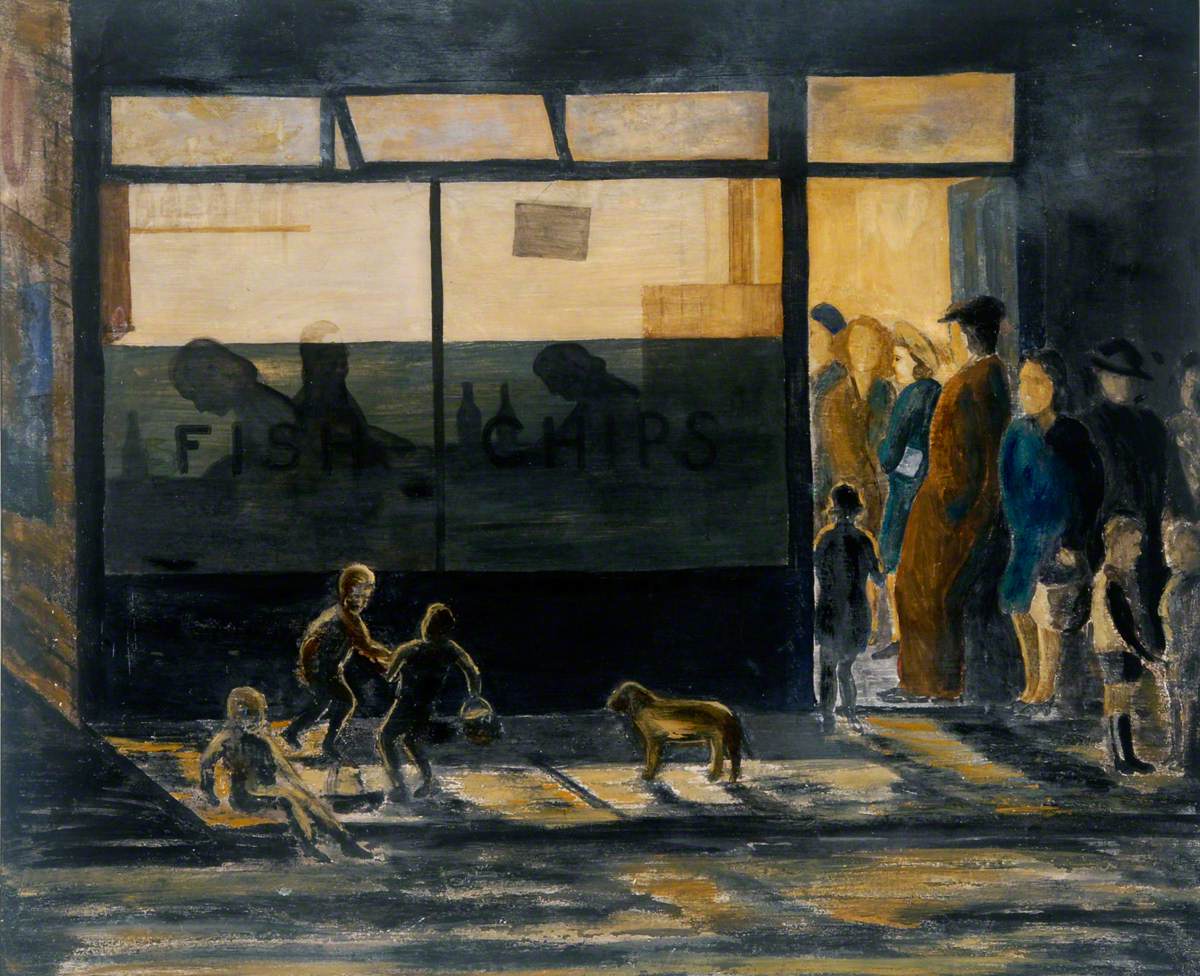Statement of Financial Position 2024: Net assets: £745,070
…’UAL is Europe’s largest specialist university for art, design, fashion, communication, and performing arts. It ranks 2nd globally in Art and Design (QS World University Rankings 2023). Formed in 2004 from historic colleges dating back to the 19th century, UAL is a collegiate federation of six renowned institutions:
- Camberwell College of Arts
- Central Saint Martins (famous for alumni like Alexander McQueen and Stella McCartney)
- Chelsea College of Arts
- London College of Communication
- London College of Fashion
- Wimbledon College of Arts
With over 18,000 students from more than 130 countries, UAL offers pre-degree to postgraduate courses, fostering innovation through professional practitioners as tutors. Its graduates dominate creative industries, including Turner Prize winners and British Designer of the Year recipients. Campuses span London, immersing students in the world’s creative capital…’
Related:
Universities Safety and Health Association





























